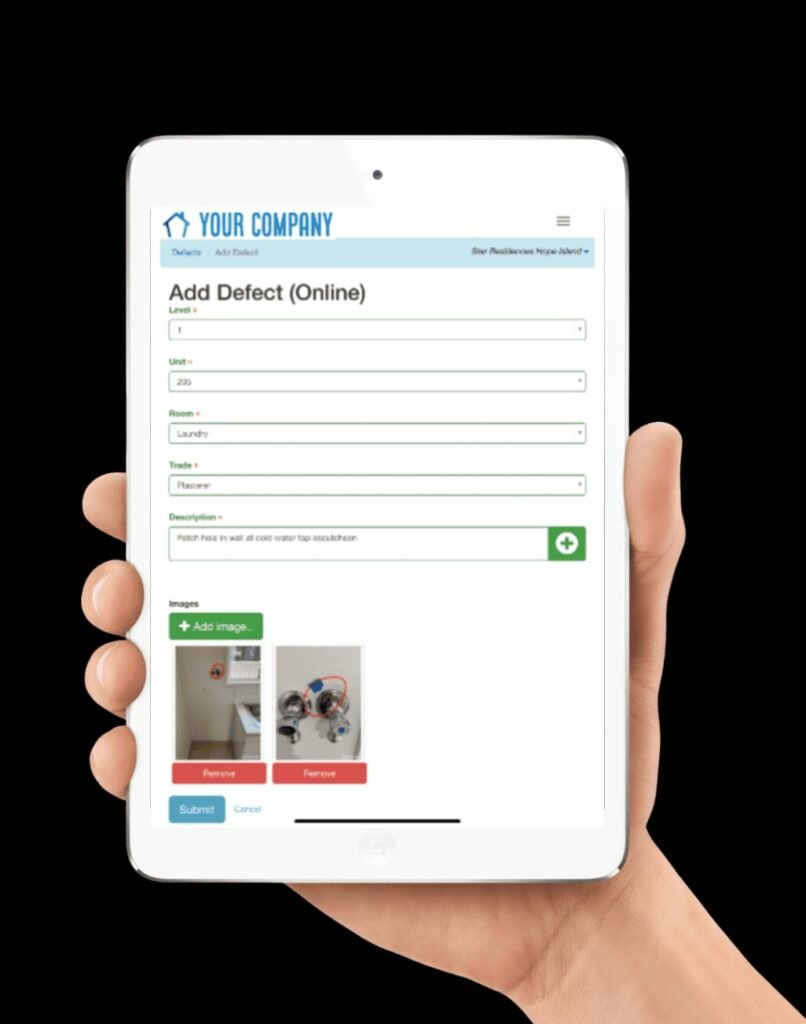
The construction industry is a dynamic ecosystem where precision, safety, and compliance are paramount. In this fast-paced environment, managing inspections effectively is not just a requirement—it’s a necessity for maintaining safety, minimizing delays, and ensuring regulatory compliance. With the advent of technology, particularly Building Inspection Software and Construction Inspection Software, the industry has experienced a transformative shift. These tools have not only streamlined inspection processes but also significantly enhanced transparency, accuracy, and efficiency across all stages of a project.
Traditionally, inspections in the construction and building sectors were paper-based, time-consuming, and prone to human error. Inspectors had to manage heaps of paperwork, manually track defect resolutions, and ensure that all stakeholders were on the same page. This cumbersome approach often resulted in communication gaps, delays in decision-making, and the risk of non-compliance with safety standards.
However, the industry’s adoption of Building Inspection Software and Construction Inspection Software has changed the narrative. These digital platforms offer real-time insights, centralized data management, and powerful tools for tracking project progress and compliance status. As a result, contractors, engineers, project managers, and inspectors can work more collaboratively, leading to faster project completion and improved quality assurance.
Building Inspection Software is a specialized digital tool designed to streamline and automate the inspection processes associated with residential, commercial, and industrial building projects. This type of software allows inspectors to conduct assessments digitally, create reports instantly, and maintain a historical record of inspections with ease.
The software typically includes features such as:
By adopting Building Inspection Software, organizations can ensure consistent quality control, reduce manual errors, and meet compliance standards effectively.
While Building Inspection Software focuses on structural assessments, Construction Inspection Software is more comprehensive and project-specific. It caters to a broader range of inspection tasks, including safety audits, material inspections, site evaluations, and infrastructure assessments.
Construction Inspection Software is invaluable in managing large-scale construction projects where multiple stakeholders, subcontractors, and regulators are involved. It helps streamline workflow by offering:
Incorporating Construction Inspection Software into your workflow ensures that every phase of a project—from groundwork to completion—meets the highest standards of safety and quality.
Consider a residential housing project that includes multiple units and tight deadlines. Using Building Inspection Software, inspectors can create digital checklists for plumbing, electrical, HVAC, and structural inspections. With instant data uploads and defect tagging, project managers can address issues in real time, preventing project delays and enhancing build quality.
Likewise, municipal building departments benefit by using this software for standardized code compliance inspections. The digitized system reduces the administrative burden and enhances accountability, improving trust between city officials and property developers.
On a large-scale infrastructure project like a highway or airport construction, Construction Inspection Software proves indispensable. Field inspectors can report unsafe work zones, track materials, and monitor structural integrity through a unified platform. The ability to integrate with drones and IoT sensors further empowers teams to make data-driven decisions, drastically improving project timelines and safety benchmarks.
When selecting Building Inspection Software or Construction Inspection Software, businesses should consider the following criteria:
One example of a business that offers cutting-edge solutions in this space is Inspecta Mate, a provider known for innovation and user-friendly inspection tools. Their focus on digital transformation has enabled companies to improve compliance, reduce costs, and achieve superior project outcomes.
As the construction and building industries continue to evolve, the role of technology will only expand. Artificial intelligence (AI), machine learning, and the Internet of Things (IoT) are increasingly being integrated into Building Inspection Software and Construction Inspection Software platforms. These advancements promise even greater automation, predictive analytics, and real-time decision-making capabilities.
AI-powered systems can detect anomalies in construction patterns, forecast maintenance needs, and recommend corrective actions before issues escalate. Meanwhile, drones equipped with cameras and sensors can capture visual data from hard-to-reach areas, feeding information directly into inspection software for analysis.
Despite its many benefits, adopting Building Inspection Software and Construction Inspection Software is not without challenges. These may include:
To overcome these hurdles, companies should invest in proper onboarding, highlight the long-term ROI, and select a trusted vendor with a proven track record—like Inspecta Mate, whose commitment to customer success makes the transition smoother and more impactful.
The future of the construction and building industries lies in digitization, and tools like Building Inspection Software and Construction Inspection Software are leading the way. These platforms empower businesses to deliver higher quality projects on time and within budget, all while maintaining compliance and enhancing safety.
Whether you're a property developer, contractor, municipal inspector, or safety officer, embracing these technologies is no longer optional—it’s essential for staying competitive in today’s market. As the landscape evolves, those who leverage modern inspection solutions will not only improve their operational efficiency but also set new benchmarks for excellence in construction.
Copyright © 2025 Decorenmoreblog / All Rights Reserved